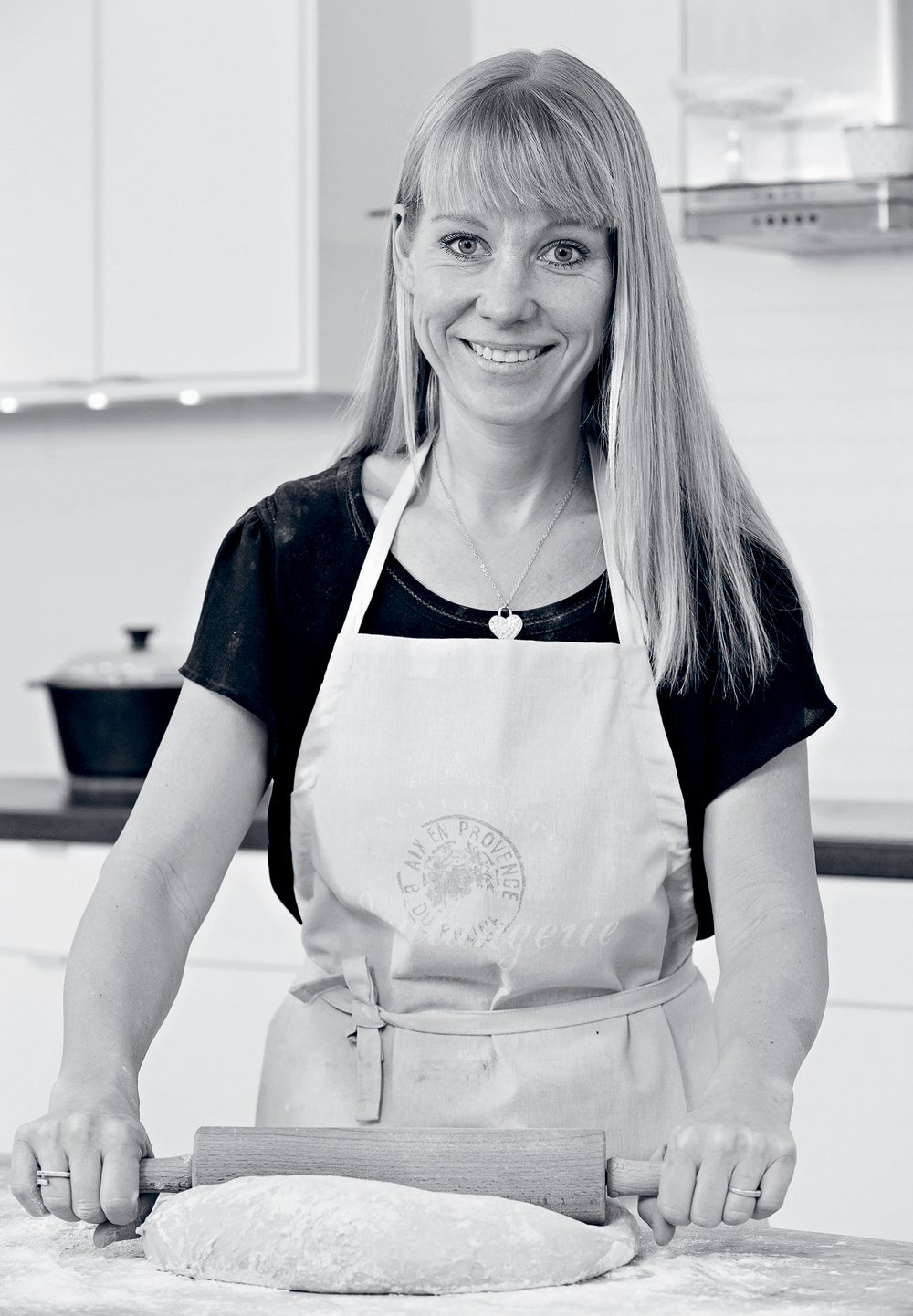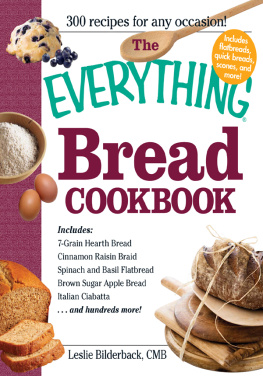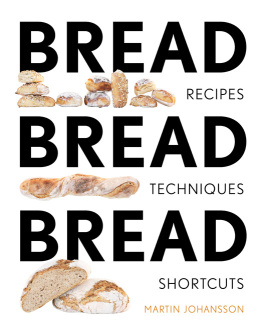

Copyright 2016 by Semic Press, a division of the Bonnier Group
First published by Bokfrlaget Semic, Sundbyberg, Sweden
First Skyhorse Publishing Edition 2018
Copyright: 2016 Linda Andersson
Copyright: 2016 Roger Olsson
Translation Copyright 2018 by Skyhorse Publishing
All rights reserved. No part of this book may be reproduced in any manner without the express written consent of the publisher, except in the case of brief excerpts in critical reviews or articles. All inquiries should be addressed to Skyhorse Publishing, 307 West 36th Street, 11th Floor, New York, NY 10018.
Skyhorse Publishing books may be purchased in bulk at special discounts for sales promotion, corporate gifts, fund-raising, or educational purposes. Special editions can also be created to specifications. For details, gifts, fund-raising, or educational purposes. Special editions can also be created to specifications. For details, contact the Special Sales Department, Skyhorse Publishing, 307 West 36th Street, 11th Floor, New York, NY 10018 or .
Skyhorse and Skyhorse Publishing are registered trademarks of Skyhorse Publishing, Inc., a Delaware corporation.
Visit our website at www.skyhorsepublishing.com.
10 9 8 7 6 5 4 3 2 1
Library of Congress Cataloging-in-Publication Data is available on file.
Photographer: Roger Olsson
Graphic design: Monica Sundberg
Editor: Eva Bergman
Reproduction: TB Produktion
Print ISBN: 978-1-5107-3017-5
E-Book ISBN: 978-1-5107-3022-9
Printed in China

TABLE OF CONTENTS
FOREWORD
I just love watching dough rise. Its easy to combine the necessary ingredients and then let the mix rest and grow, mature and changejust like a living thing. Eventually, when it has been shaped, proofed, and baked, the doughs transformation is complete, and from out of the oven emerges golden, deliciously aromatic bread with a firm crust and a soft, irresistible interior. Or maybe its crunchy crispbread youll get to bite into, or soft rye rolls reminiscent of childhood. Personally, I dont think anything beats a slice of freshly baked bread or a crusty roll with a pat of butter melting on top.
Im a home economics and consumer education teacher as well as a journalist. Since 2009, Ive created many recipes for Swedens largest baking magazine Hembakat [Home Baked]. For a few years now, my blog, Lindas Baking School, has been one of Swedens most popular baking websites. I receive a lot of feedback from readers who like that my recipes are simple, easy to follow, and that I show all the important stages of the process with step-by-step pictures. The end results are also thoroughly tested: my partner and I have five children, so we do put away quite a lot of bread in our home.
In this book, Ive collected many of my most beloved bread recipesbreads that I hope will inspire more people to do some baking of their own. Its healthier for you and easier on your wallet, not to mention far, far tastier.
Best of luck!
Linda
Note: Please be sure to consult the Additional Notes Regarding Ingredients section at the back of the book.
HANDY TIPS AND POINTERS
to help you achieve bread-baking success
Read the recipe: Always start by reading the recipe all the way through, then gather all the ingredients and utensils that youll need. Now youre ready to begin baking.
Liquid: When you use water for making bread, the inner crumb will be slightly chewy and have uneven air bubbles; the surface will become crusty and quite pale as it bakes. Using milk in the dough yields a softer crumb with fine air bubbles and a softer crust that browns more quickly. You can also use beer or vegetable juice, both of which deliver fuller flavor and a golden-brown crust.
Gluten: Gluten is vital for baking a light bread with good volume. Wheat flour contains the most gluten, so half the flour in a bread dough should come from wheat. For the bread to develop proper size, youll need to knead the dough thoroughly, either by hand or in a standing mixer. Kneading produces gluten threads that protect the air bubbles that form during the doughs rise. The bread will be heavy and dense without strong gluten threads.
Flour: Always add flour in small increments towards the end to avoid making the dough too dense. Better a sticky dough than a dry, hard one. The dough should feel pliable and have a slightly sticky surface. Always flour your hands when kneading dough.
Salt: Salt will bind the liquid and make the bread less crumbly. It enhances other flavors and imparts better volume, an even crumb, and deeper color. The amount of salt must be just enoughabout 1 to 2 percent of the flours weight. Too much or too little salt will make the dough too loose; and too much salt impedes the activity of the yeast.
Fats: Adding a pat of butter or a few tablespoons of oil to the dough makes it softer and more elastic. It also helps to bind the air bubbles and makes the rise stronger. Solid fats like butter produce the largest volume breads because solid fat traps more air in the dough. The flavor is enhanced, too, producing a tastier bread. Oil is mostly used in savory breads.
Fiber: You can add more fiber, minerals, and vitamins to the bread by incorporating bran, sprouted grains, or crushed grains. Add 1/4 cup1/2 cup to a regular-sized dough. You might need a little less wheat flour.
Fermentation/rising: Yeast is a single-celled fungus made of water, protein, fat, carbohydrates, minerals, and vitamin Bs. It is a living culture that grows quickly in the right conditions. The dough becomes porous during the rise because carbon dioxide is created when the starch breaks down. This is what creates the air bubbles you often see in bread. The dough must be given plenty of time to rise and mature if the bread is to have volume and be airy.
First rise: Shape the dough into a ball and put it in a bowl. Dust it with some flour and cover it with a kitchen towel or some plastic wrapthat way you maintain humidity and warmth, so the dough will rise better. Keep the dough in a warm and draft-free location to encourage it to rise. You can also boost the rise by setting the dough bowl inside a bowl of lukewarm water, but the breads flavors wont bloom as nicely. When the dough has about doubled in size, it is ready. Test by pressing on the doughs surface with your fingerthe dough is good to go when it springs back.
Second rise (proofing): Once the dough has been kneaded and shaped, it needs to rise a second time to bring more air into the dough before its time to bake it. About 30 minutes is long enough, typically, but times can vary. Preheat the oven well in advance so the dough doesnt over-proof, otherwise it could easily collapse and go flat. However, if this should occur, knead the dough again and make some new bread.
Some yeast manufacturers advise against freezing fresh yeast, claiming that the cells might burst and hamper the yeasts rising power. However, private testing has shown that fresh yeast often freezes very well.
Cold rise: In most bread recipes, the dough is supposed to rise at room temperature and we use liquid that is tepid, about 98.6F, to speed up the rising process. This works well, but you can also use cold liquid and let the dough rise in the refrigeratorwhat is referred to as a cold rise. It requires much more time to rise, but on the plus side, the gluten threads get stronger, the dough becomes more porous, and the bread develops a deeper flavor. You can often cut the amount of yeast in half, thanks to the prolonged rise. The end-product is equally good with both methods, so whichever one you choose to work with is a matter of personal preference. All savory breads can be made using a cold rise.
Next page








